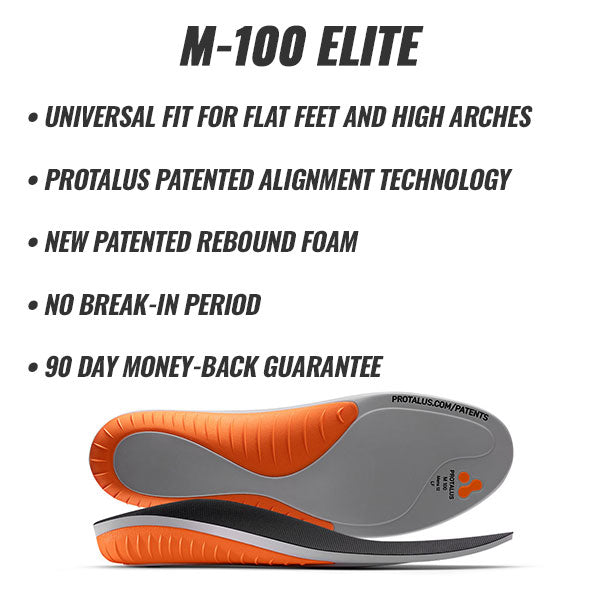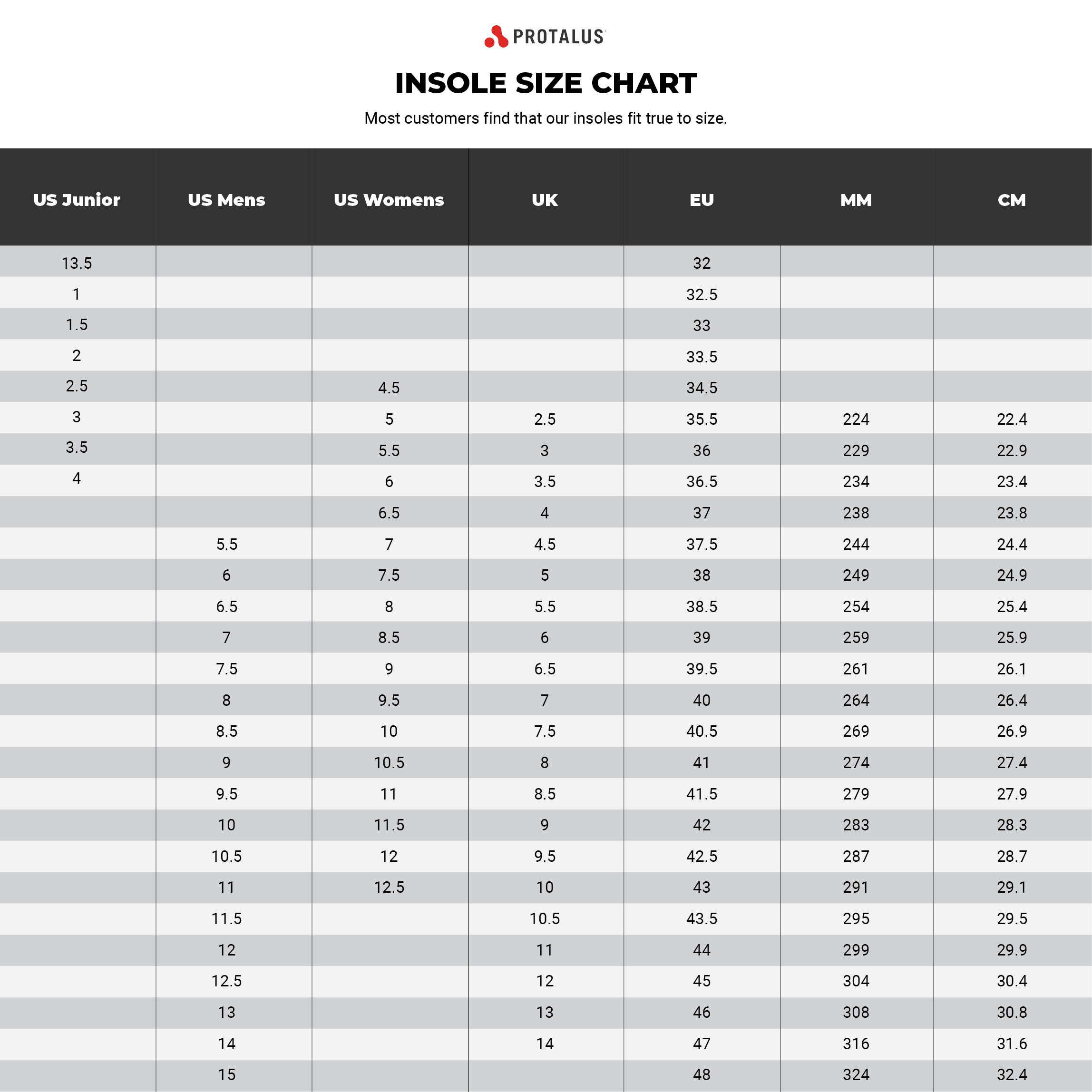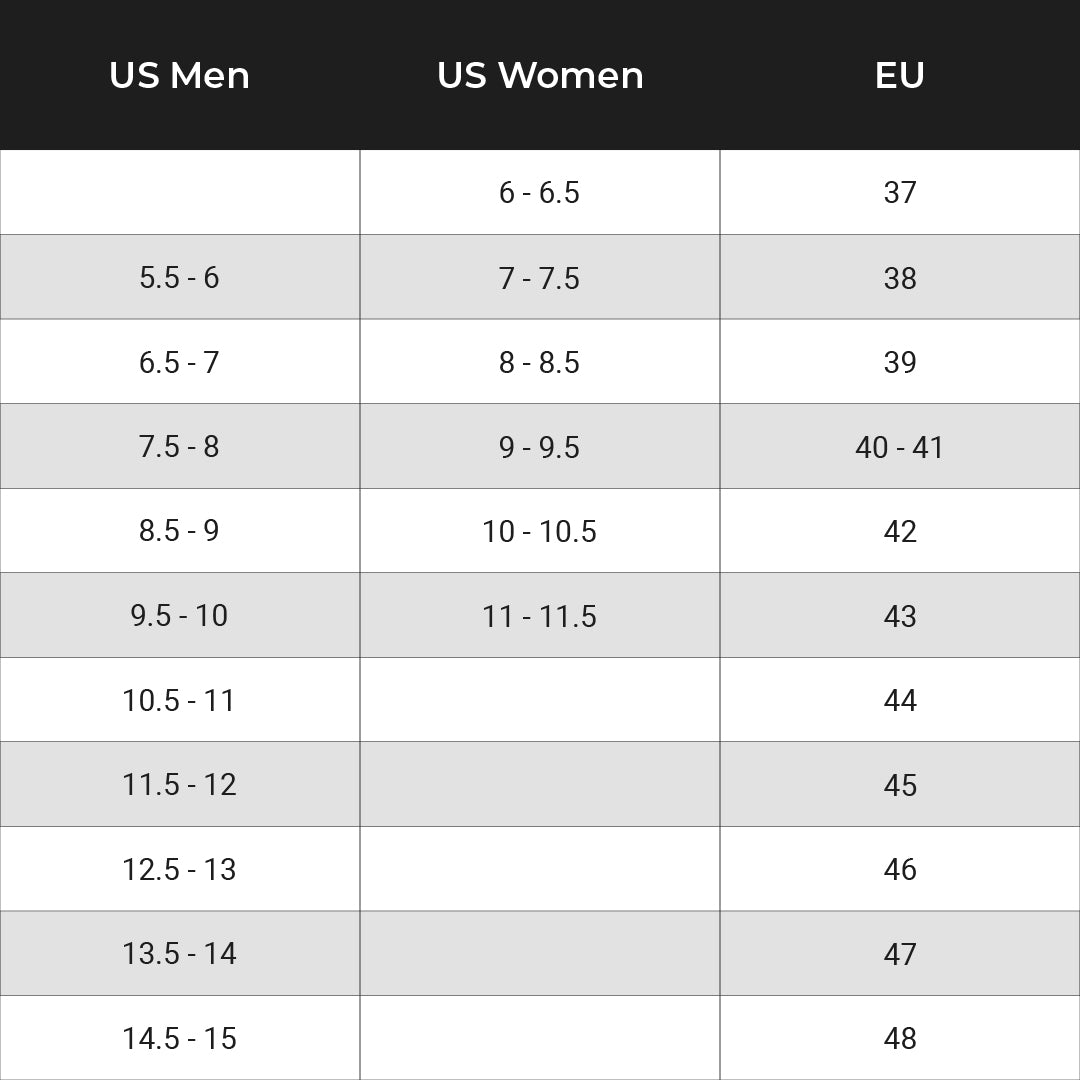Stability Insoles
There are many different reasons people search for insoles but a lot of that can simply be boiled down to stabilization. When standing, the entire body rests on the base created by the foot and ankle. If the foot and ankle are unstable, or out of alignment, the entire kinetic chain may be affected from the knee to the hip, the back, and on up through the neck. Stability insoles work to align the structures of the foot and ankle in order to create stability.
What are stability insoles?
Stability insoles are shoe insoles that work to correct misalignment of the foot and ankle to provide a stable base for the body. Many people suffer from overpronation, where the ankle turns inward and the foot sits nearly flat on the ground, or oversupination, where the foot rolls outward and the weight of the body is carried by an unaligned ankle. These conditions can be painful and stability insoles use the technology built into their design to correct the position of the foot and ankle.


Who needs stabilizing insoles?
Anyone who experiences foot overpronation 1, foot oversupination 2, or feels that they are stressing their body by, for example, standing on hard surfaces all day at work, can benefit from stabilizing insoles. Most bodies are not perfectly symmetrical and environmental factors, such as ill-filling footwear, can contribute to the position of our feet when we stand.
For Stability We Recommend:
The T-Series offers the greatest degree of cushion and arch support, can help redistribute pressure, and allow for better overall alignment. It is ideal for daily wear in regular volume shoes such as walking shoes, athletic trainers, and work boots. The T-Series incorporates Protalus's patented alignment technology to provide the stability and comfort you need.

Designed for casual or slip-on shoes with a removable insole.

Designed for casual or slip-on shoes with a non-removable insole.

How do stabilizing insoles alleviate common footwear problems?
Not all footwear comes from the factory with insoles that are supportive and sometimes factory insoles are harmful because they do not have any support at all. There are other issues that poor fitting shoes can cause such as bunions or hammer toes if the toe box of the shoe is too narrow, or a higher liklihood for developing plantar fasciitis from wearing high heels too often. If the fit of the shoe is acceptable in that the shoe is not squeezing your toes and there is not a high heel adding pressure to the ball of your foot, then a stabilizing insole can help to provide the support and correction that your factory insole is not providing. But if you have a poor fitting shoe that lacks the volume you need for a comfortable fit, then the first step will be to switch shoes.

What causes plantar fasciitis?
It is not entirely clear what causes plantar fasciitis but the leading theory is that small traumas to the tendon along the bottom of the foot, known as the plantar fascia, cause the tendon to become inflamed. The inflammation then causes pain and can be difficult to get under control. Activities that put strain on the foot and that tendon such as running, walking in high heels, and remaining in a state of misaligment on a daily basis may promote plantar fasciitis. Making sure your ankle and foot are in neutral positions, especially with heel-cup insoles, may work to prevent instability 3 and foot strain.

How can stabilizing insoles help with foot and back pain?
Even though we tend to treat the systems in our bodies as seperate, even seeing different specialists for our feet versus our knees, everything is connected. Our lower kinetic chain, which is a way to describe the connected systems of our feet, ankles, knees, hips, and spine, relies on each part of that system to work properly for harmonious operation. So if your foot is tilted, it might lead your leg to be off-kilter, which can affect the mechanics of your knee. And if the tilt is enough to affect your overall posture, you may find that one hip sits slightly lower than the other. In other words, if your feet and ankles are not properly aligned, you may experience knee pain, hip pain, or back pain. Correcting the alignment of your ankle with stabilizing insoles may also relieve that pain.
1. Malik, Manoj; Kaur, Jaspreet; Malik, Annu; Monika. (2017). Correlation between Foot Overpronation and Angle of Inclination of Hip Joint. Indian Journal of Physiotherapy & Occupational Therapy . Oct-Dec2017, Vol. 11 Issue 4, p78-82. 5p.
2. McBride, S., Dixon, P., Mokha, M., & Cheng, M. (2019, July 22). The relationship between supination resistance and the kinetics and kinematics of the foot and ankle during gait. Retrieved December 01, 2020, from https://www.sciencedirect.com/science/article/abs/pii/S0966636219302796
3. Qu, X. (2014, July 15). Impacts of different types of insoles on postural stability in older adults. Retrieved December 01, 2020, from https://www.sciencedirect.com/science/article/abs/pii/S0003687014001124

Our Guarantee
We back our product with a 90-day insole guarantee, hassle-free shipping, and best-in-class customer service.
Alignment - Patented Heel Cup
Satisfaction guaranteed, or your money back!
We are so confident that you will love your insoles that we offer a full 90 day Love Them Or Your Money Back Guarantee. At any time during the first 90 days if you don’t love your new insoles, contact our Customer Service team for answers and solutions. If we cannot offer you a solution, we will accept the insoles back for a *full refund. Contact us directly for a prepaid return shipping label.
*While Return/Exchange shipping is always free any original shipping charges will not be refunded unless the return is a result of our error.
Try a pair Risk Free with our Money‑Back Guarantee
Free Exchanges
Does the size not fit you? No problem - we will happily exchange them. For up to 90 days after your initial purchase we exchange our product for a different size.
Free Returns
No matter how much you have used our insoles we will refund your full money at any time within 90 days from your purchase with no restocking fee.
90-day Money-Back Guarantee not applicable to Subscription orders.

Patented Technology Makes It Possible
The difference lies in our patented TRI-Planar technology. Other insole companies place a stump under the arch and call it support. Our insoles focus on the cause of the problem rather than the symptoms, designed to help your body maintain a neutral ankle joint position, while still allowing full ranges of healthy movement. Proper joint alignment improves movement efficiency, reduces fatigue, and prevents injury to help you do what you love.
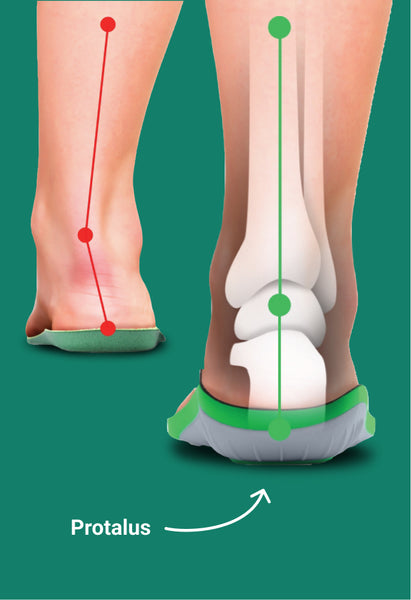
Reduced Risk of Injury
The bones of the ankle and heel are most stable when they are positioned in alignment. If they shift away from a center alignment, they become less stable.
Imagine pressure being placed on those unstable structures over and over again while you walk, run, or work. That is where the injuries can take place.
Injuries can present as chronic pain in the foot, knees, hips, and back. They may also include acute injuries such as an ankle sprain.
Keeping your hindfoot in alignment allows not only your bones but also the surrounding muscles, tendons, and ligaments to properly handle the pressure placed on them from your feet through your back.
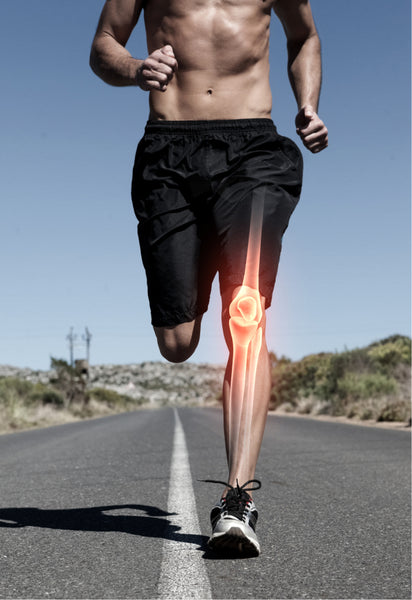
Better Balance
Your ankles and feet work together to manage how weight is distributed as you move
If your heels and ankles are not in their proper positions, they cannot properly distribute weight and this may lead to a less stable walking motion.
When your ankles and heels are out of alignment, your muscles, ligaments, and tendons often have to step in to ensure proper alignment and balance.
When these muscles become fatigued, they may not be able to handle the task properly and you become more likely to fall or become injured.
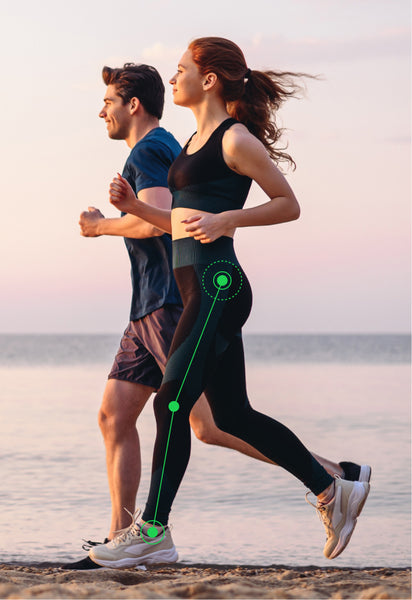
Increased Energy Efficiency
As you walk and move, your kinetic energy moves from your feet up through your body.
This energy can be seen when walking in sand. Sand kicks up behind you with each step. It is moved by the energy created when you move your foot.
Fatigued muscles don't pass as much of that energy onto the next structure. That is why walking in sand is tiring; energy is being lost and your muscles become fatigued.
An aligned kinetic chain allows the highest quantity of energy to be transferred up through your body, giving you more power and helping you feel less tired.
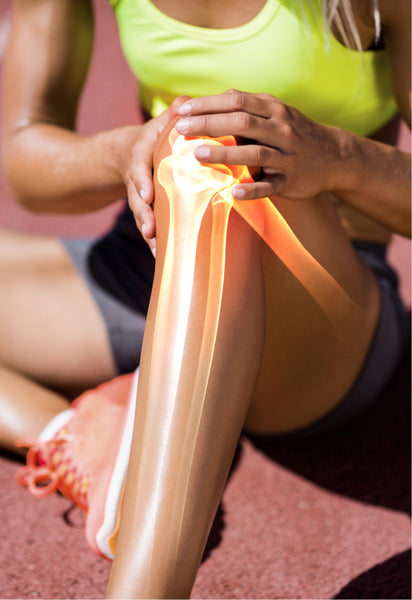
Better Pressure Distribution
The body is designed to distribute pressure so that your muscles can primarily be concerned with movement.
When the skeletal system becomes misaligned, especially at the joint between the heel and ankle, pressure is no longer distributed across the structures that are most able to deal with it.
Instead, other structures, such as the ligaments in the knees, hips, and ankles, must take on the job and that can lead them to become fatigued, sore, or injured.
Protalus insoles correct the misalignment so you can avoid fatique and injury.
Comfort - Premium Materials
Secure shopping with every transaction!
Protalus.com is powered by Shopify which is certified Level 1 PCI DSS compliant.
What is PCI DSS?
The Payment Card Industry Data Security Standard (PCI DSS) is a security standard for organizations that handle credit and debit card information. The standard was created to increase controls around payment data to reduce fraud. If you want to sell online and accept payments from Visa, Mastercard, American Express, or Discover, your software and hosting needs to be PCI compliant.
Is Protalus.com covered by Shopify's security measures?
Yes, as a Shopify store, Protalus.com's transactions all run through the Shopify secure checkout system.
How can I learn more?
Check out Shopify's security page for more details at: https://www.shopify.com/security/pci-compliant
Support - Signature Protalus ® Footbed
1 Year Product Guarantee
Effective for purchases made after 7/1/2023: If your insoles fail due to imperfections in the materials that go into the insoles or failure of those materials to perform due to compression or lack of fidelity to the original shape prior to 1 year from your purchase date, Protalus will replace the insoles for free. In the event that your insoles are no longer available due to a discontinuance of that model, Protalus will replace the insoles with a similar pair of equal value. Please note that all claims require proof of purchase and the original insoles to be shipped back to Protalus in Tualatin, Oregon and all claims must be approved by the Protalus customer service team prior to honoring this guarantee. customerservice@protalus.com. Limit one replacement per original purchase.
“I love them. Before discovering these Protalus inserts I’d experience severe knee pain. With wearing Protalus inserts in every pair of shoes I own I no longer have any knee pain. I don’t wear shoes without them.” -Donald E.L.


